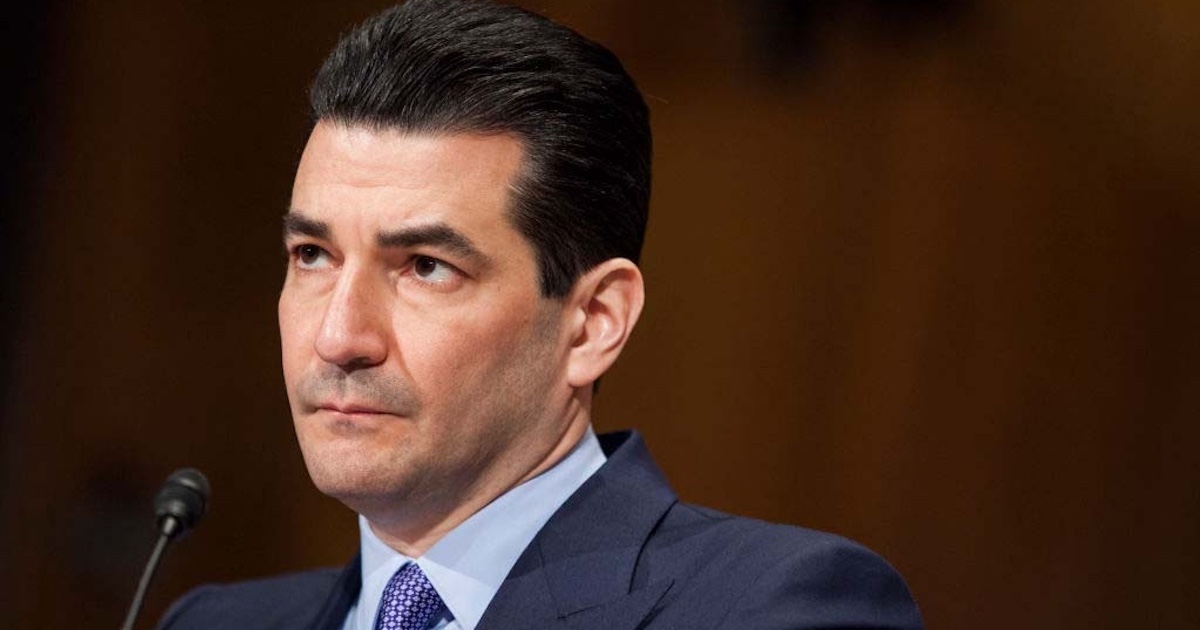"In the blink of an eye" might be little more than a popular expression to most people, but to surgeons performing an operation via telemedicine, it's a crucial measurement of time.
That blink – about 150 to 200 milliseconds – is imperceptible to surgeons practicing telesurgery across a distance of 1,200 miles, according to researchers at the Florida Hospital Nicholson Center in Celebration who conducted a test with colleagues in Fort Worth, Texas. And studies so far have shown that surgeons can accommodate a lag time of up to 500 milliseconds.
Roger Smith, PhD, chief technology officer at the Nicholson Center, says today's broadband technologies have made it more feasible for doctors in one location to conduct surgery on patients in another location. But how far, and how much of a lag time can doctors put up with?
"There are a lot of pieces to the puzzle that have to fit into place," he told mHealth News.
[See also: Reaching out with robots]
Financed by a $4.9 million grant from the Department of Defense, the study, which began in 2011, put more than 100 volunteer surgeons through a telesurgery simulator connected to the da Vinci robotic surgery system. Delays were programmed into the system, Smith said, in increments of one-tenth of a second (100 milliseconds).
"Up to two-tenths, there was no effect, no indication of any delay," Smith said. "At three-tenths, doctors said they could tell there's a delay, but they could compensate. From three-tenths to five-tenths, some … could compensate, but some couldn't. And at five-tenths, almost all the surgeons failed."
While then initial studies are focused on determining whether surgeons could operate on soldiers in a battlefield, Smith said the implications go far beyond the military. Modern, well-connected health systems with the latest in broadband technology, he said, could launch telesurgery centers to treat people in developing countries, or even those in remote locations of this country, or at a disaster or accident site.
"The networks that exist today in well-equipped hospitals are more than capable of supporting telesurgery," Smith said. "But we've got a long way to go before that will happen."
Smith will now expand that lag-time test, coordinating tests with hospitals in Denver and near Los Angeles.
“It appears that we have the technology, but we are still waiting for business cases and regulatory permissions to open the door for telesurgery,” he said in a press release issued earlier this year.
See also:
VA poised to ramp up telehealth in 2015
Ultrasound by telehealth: NYC docs examine patients in Chicago


